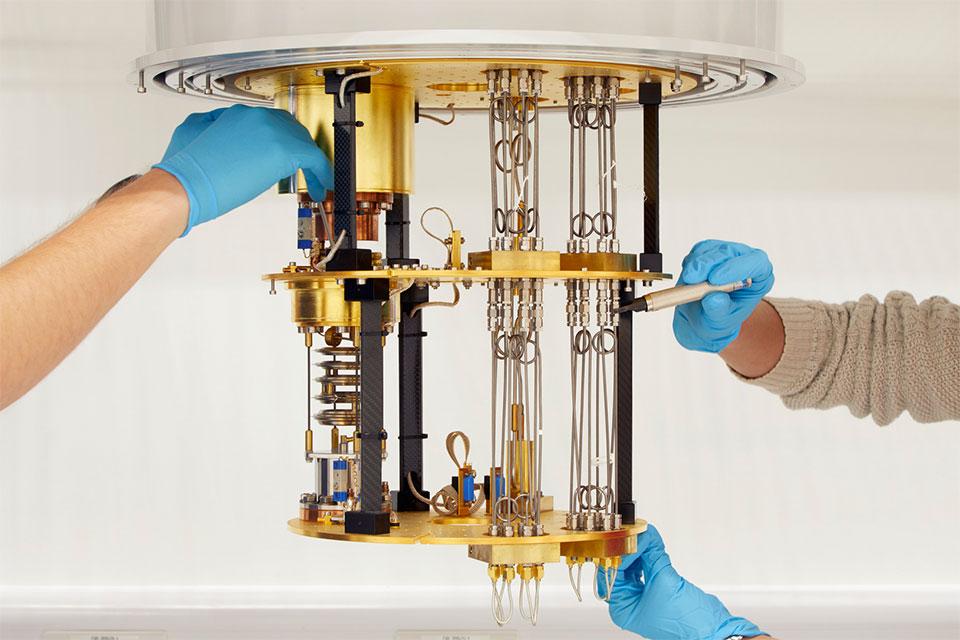Clarendon Laboratory, Department of Physics, University of Oxford, Parks Road, Oxford, OX1 3PU
Prof Seamus Davis, University of Oxford
Maud Schmitt
The elementary CuO2 plane sustaining cuprate high-temperature superconductivity occurs typically at the base of a periodic array of edge-sharing CuO5 pyramids (Fig 1a). Virtual transitions of electrons between adjacent planar Cu and O atoms, occurring at a rate t/ℏ and across the charge-transfer energy gap E, generate 'superexchange' spin-spin interactions of energy J≈4t4/E3 in an antiferromagnetic correlated-insulator state1. Hole doping the CuO2 plane disrupts this magnetic order while perhaps retaining superexchange interactions, thus motivating a hypothesis of spin-singlet electron-pair formation at energy scale J as the mechanism of high-temperature superconductivity. Although the response of the superconductor's electron-pair wavefunction Ψ≡<c↑c↓> to alterations in E should provide a direct test of such hypotheses, measurements have proven impracticable. Focus has turned instead to the distance δ between each Cu atom and the O atom at the apex of its CuO5 pyramid. Varying δ should alter the Coulomb potential at the planar Cu and O atoms, modifying E and thus J, and thereby controlling Ψ in a predictable manner. Here we implement atomic-scale imaging of E and Ψ, both as a function of the periodic modulation in δ that occurs naturally in Bi2Sr2CaCu2O8+x. We demonstrate that the responses of E and Ψ to varying δ, and crucially those of Ψ to the varying E, conform to theoretical predictions. These data provide direct atomic-scale verification that charge-transfer superexchange is key to the electron-pairing mechanism in the hole-doped cuprate superconductor Bi2Sr2CaCu2O8+x.

